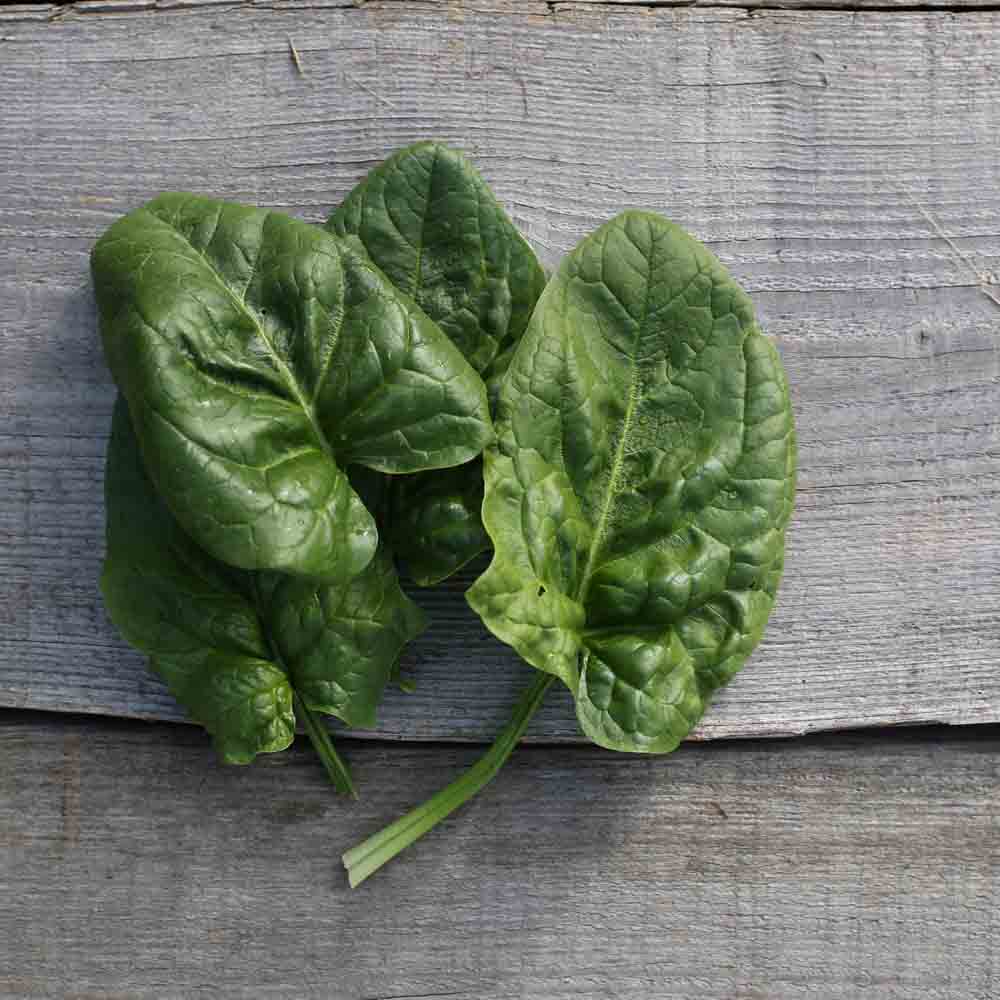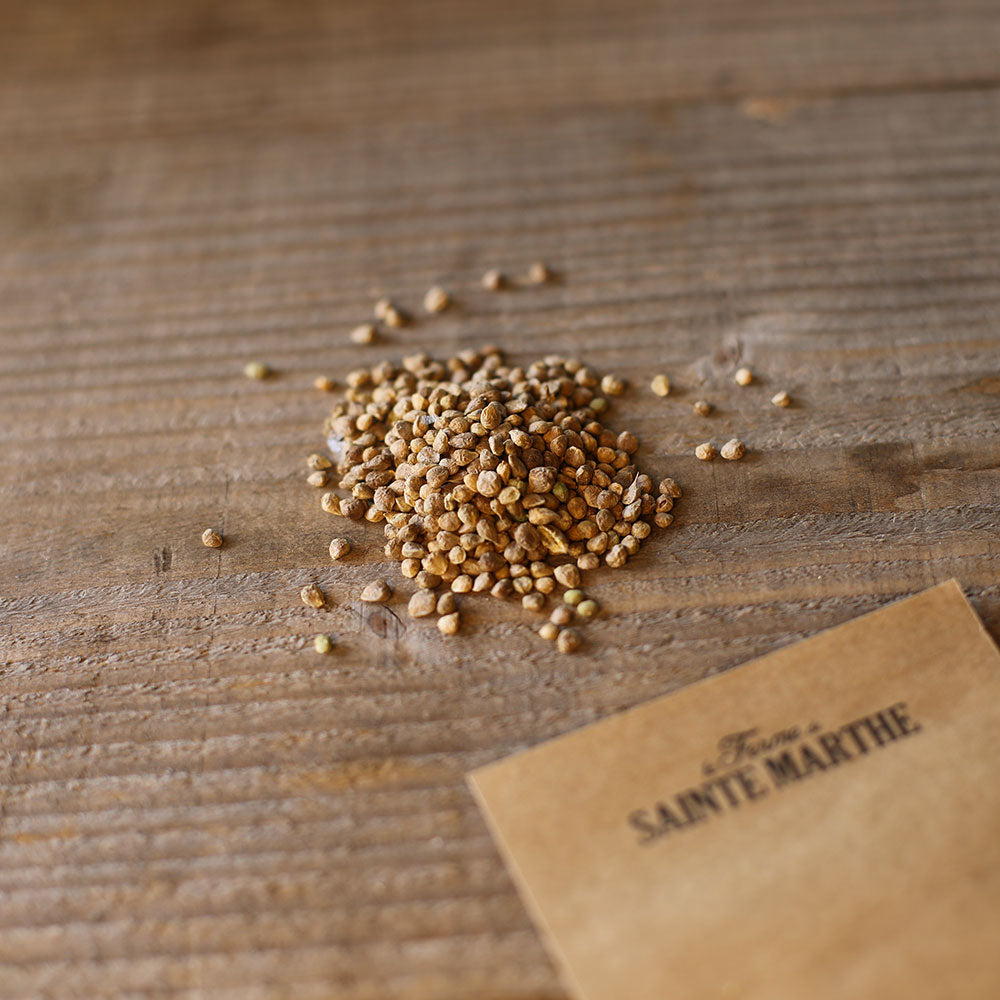GIANT WINTER SPINACH AB
Spinacia oleracea
Giant Winter Spinach is a very productive and hardy variety, particularly resistant to cold, which can be harvested throughout the winter. Spinach is very rich in regenerative anti-anemic principles and vitamin C. It is a very valuable winter vegetable that is eaten cooked in cream, in juice...
How to successfully sow winter spinach
Sowing: light in March-April or August-September, in sunny (autumn/winter), shaded (summer) exposure in fresh soil, previously loosened with a broadfork, in rows spaced 25 to 30 cm apart. Sow 2 or 3 cm deep, then firm down with the back of a rake and water. You can cover the sowing with a forcing fleece until emergence.
Thin to 10 cm then weed between the rows and mulch to avoid weed competition. Water frequently if the soil is dry to prevent bolting.
Be careful of the heat which can cause it to go to seed quickly.
Good associations
Spinach likes to grow near peas, broad beans, haricot beans, cabbage, celery, strawberries, lettuce or chicory.
Harvesting winter spinach
Harvest approximately 2 months after sowing. Frequent picking encourages the appearance of new leaves.
Preserving Spinach
Spinach doesn't keep well fresh for long. You can freeze it.
The enemies
Snails or slugs: Place slug traps around your crops.
Downy mildew: Do not treat with Bordeaux mixture, as spinach leaves cannot tolerate copper and such treatment would be fatal. Take preventative action.
Leaf-eating moths: They cause large punctures or bites during the night. Use a biological treatment based on thurengiensis.












